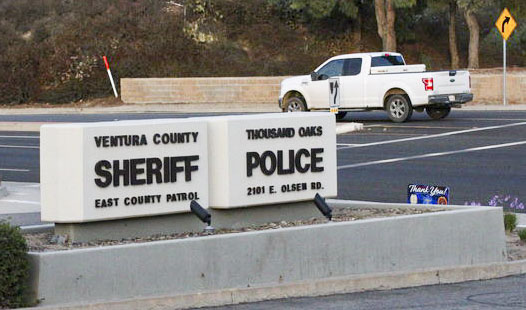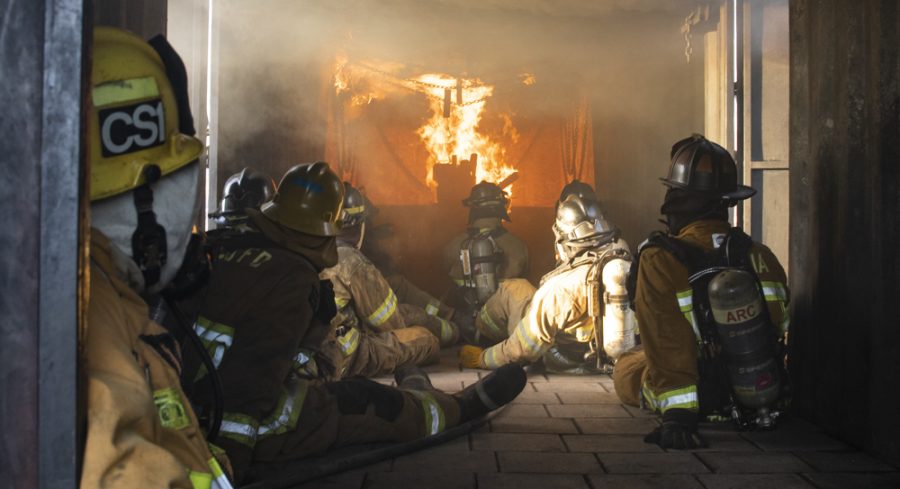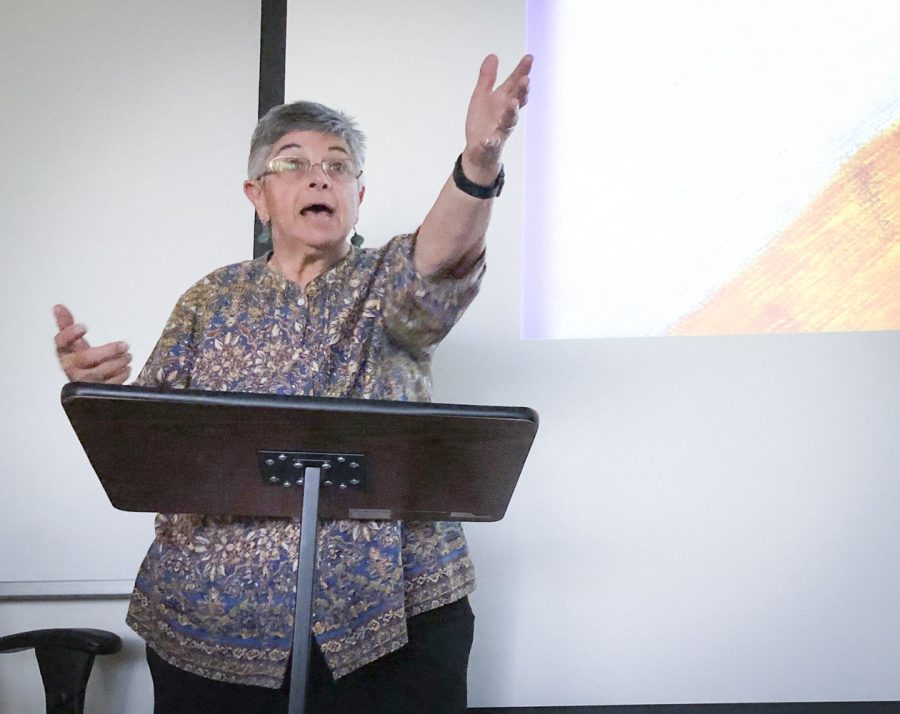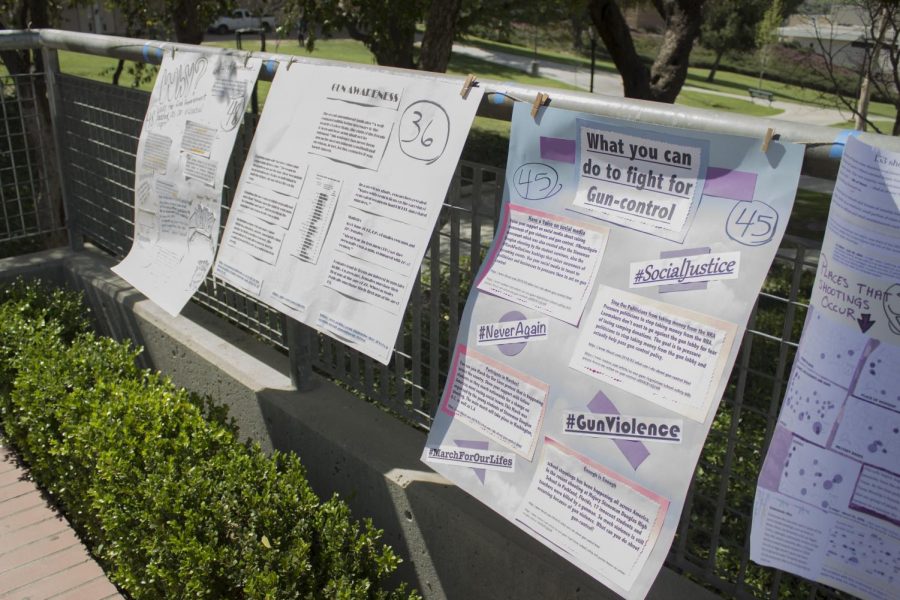When I was a little kid, I remember being very afraid one night after watching the six o’clock news with my family. The entire newscast showed one bad thing after another and did not show a single “good news” story; that would be a scary thought if that’s how the world really was.
If we take today’s news as representative of the world in general, the world would be 90 percent bad news and 10 percent good news.
Newscasts do all the doom and gloom up front, and save the last minute-and-a-half for the story about the “hero of the week” or some other “artsy-fartsy” human-interest story. But that’s where today’s media has it wrong.
“The sense of what is important has been decided by the media,” said KCET/Los Angeles reporter Huell Howser. “I think the media has lost its credibility in the last decade.”
Huell spoke recently at the Journalism Association of Community College’s Southern California conference at the titan student union at Cal State Fullerton.
Huell said that if he were the news director for NBC 4 in Los Angeles, he would have for every bad report, a drug bust in Watts was his example, have that be coupled with a good news story from the same community.
His example was a GED graduation class, with graduates being congratulated by friends and family.
The television news media think it has the citizens figured out. They show their reports in a quick, less than two-minute reports, because they don’t want to lose our attention.
Granted, the stations need ratings, and they don’t do a bad job keeping them with this style.
But according to the first Harris interactive innovation newspaper readership survey, published in the June 6 “innovations in Newspaper Global Report,” polls suggest that papers could increase readership by connecting the reader to their communities.
The survey polled 8,749 adults in the U.S., Europe and Australia.
The report also shows that people who don’t read the news do so because they don’t have time. They don’t like what’s being reported and there isn’t enough local content.
The gloom and doom stuff may get ratings, but when has journalism been about the ratings?
The job of news reporting is to bring the public the news objectively. How does choosing just the “bad” news bring objectivity when there is so much more news out there to be reported on?
News organizations need to take a more local stance. We need to connect with our readership, viewers and listeners and bring the news back home.
“TV ain’t brain surgery,” said Howser. “The best stories are all around us every day.”





